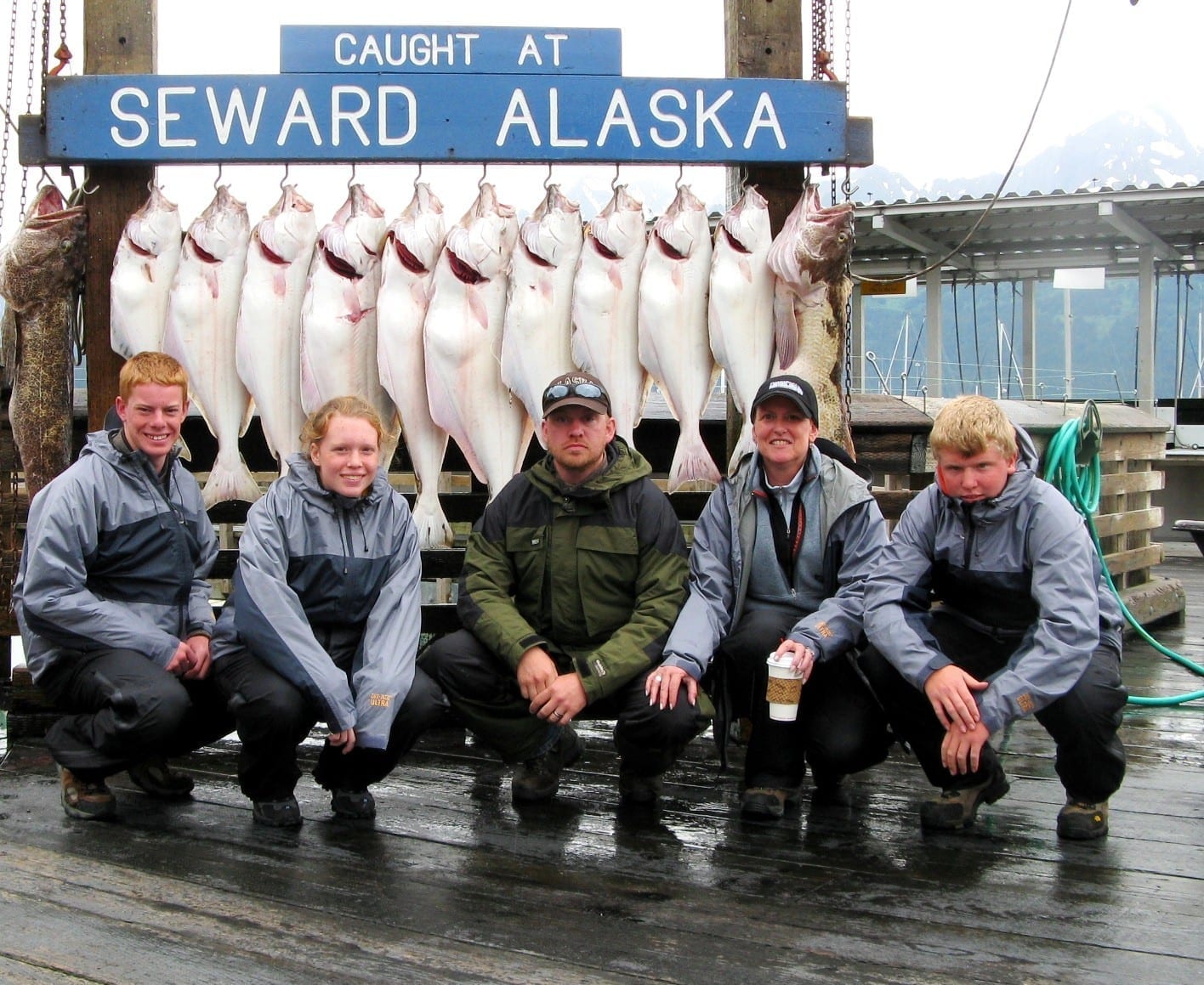As Alaska Wildland Adventures takes center stage, this opening passage beckons readers into a world crafted with knowledge, ensuring a reading experience that is both absorbing and distinctly original. From towering mountains to sprawling glaciers, from verdant forests to vast tundra, Alaska’s natural landscapes and ecosystems offer a symphony of unparalleled beauty.
Beyond its breathtaking scenery, Alaska beckons with a plethora of outdoor activities, ranging from serene hikes and camping escapades to exhilarating kayaking and wildlife viewing adventures. Whether you seek solitude amidst pristine wilderness or prefer guided tours that unlock the region’s hidden gems, Alaska caters to every level of adventurer.
Natural Landscapes and Ecosystems
Alaska’s diverse natural landscapes offer a breathtaking array of ecosystems, each teeming with unique wildlife and unparalleled beauty.
The towering mountains of the Alaska Range, including Denali, North America’s highest peak, provide a majestic backdrop to the state. These mountains are home to glaciers, ice fields, and alpine meadows, supporting a diverse range of species including Dall sheep, mountain goats, and grizzly bears.
Forests
Alaska’s vast forests, primarily composed of spruce, hemlock, and birch trees, stretch across the state’s interior and coastal regions. These forests provide habitat for a variety of animals, including moose, wolves, and black bears. The Tongass National Forest, located in southeastern Alaska, is the largest temperate rainforest in the world.
Tundra
The Arctic tundra, found in northern Alaska, is a treeless plain characterized by low-growing vegetation and permafrost. This unique ecosystem supports a variety of wildlife, including caribou, polar bears, and arctic foxes.
Wildlife Viewing Opportunities
Alaska offers exceptional opportunities for wildlife viewing in its national parks, wildlife refuges, and other protected areas. Denali National Park and Preserve is renowned for its abundance of wildlife, including grizzly bears, wolves, and moose. The Kenai Fjords National Park offers stunning views of glaciers and marine wildlife, including whales, sea lions, and puffins.
Outdoor Activities and Adventures

Alaska’s vast wilderness offers a multitude of outdoor activities for adventure enthusiasts of all levels. From serene hikes amidst towering mountains to thrilling kayaking expeditions along icy fjords, the options are endless.
Hiking
Alaska’s pristine trails range from easy day hikes to challenging multi-day treks. The iconic Denali National Park boasts the Mount Healy Overlook Trail, suitable for beginners, while experienced hikers can tackle the rugged Kesugi Ridge Trail.
Camping
Camping in Alaska provides an immersive wilderness experience. Campgrounds are available in various locations, from secluded lakeside settings to RV-friendly parks. Choose from tent camping, cabins, or unique yurts for a memorable stay.
Fishing
Alaska’s abundant waters are a paradise for anglers. From salmon fishing in the Bristol Bay to fly-fishing for rainbow trout in remote rivers, there’s something for every skill level.
Kayaking
Kayaking offers a unique perspective of Alaska’s coastal wonders. Explore serene bays, paddle alongside towering glaciers, or venture into the open ocean for a thrilling adventure. Guided tours are available for both beginners and experienced kayakers.
Wildlife Viewing
Alaska is renowned for its abundant wildlife. From bear watching in Denali National Park to whale watching in Glacier Bay National Park, there are countless opportunities to observe these majestic creatures in their natural habitat.
National Parks and Protected Areas
Alaska is renowned for its vast and pristine wilderness, much of which is protected within national parks and protected areas. These parks offer visitors unparalleled opportunities to experience the state’s breathtaking natural beauty, from towering mountains and glaciers to pristine forests and abundant wildlife.
Denali National Park and Preserve
Denali National Park and Preserve is the largest national park in the United States, encompassing over six million acres of wilderness. The park is home to Mount Denali, the highest peak in North America, and offers visitors the chance to explore its rugged terrain through hiking, backpacking, and wildlife viewing.
- Visitor Center:The Denali Visitor Center provides information on park regulations, wildlife viewing, and hiking trails.
- Trails:The park offers a variety of hiking trails, ranging from easy day hikes to challenging multi-day backpacking trips.
- Camping Facilities:Denali offers a range of camping options, including frontcountry campgrounds, backcountry campsites, and wilderness cabins.
Kenai Fjords National Park
Kenai Fjords National Park is a marine park located on the Kenai Peninsula. The park is known for its stunning fjords, glaciers, and abundant marine life, including whales, sea lions, and puffins.
- Visitor Center:The Exit Glacier Visitor Center offers information on park regulations, wildlife viewing, and boat tours.
- Boat Tours:Visitors can explore the park’s fjords and glaciers by taking a boat tour from Seward or Whittier.
- Hiking Trails:The park offers a variety of hiking trails, including the Harding Icefield Trail, which leads to the Exit Glacier.
Glacier Bay National Park and Preserve
Glacier Bay National Park and Preserve is a UNESCO World Heritage Site located in southeastern Alaska. The park is home to 16 tidewater glaciers, as well as a variety of marine life, including whales, sea otters, and seals.
- Visitor Center:The Glacier Bay Visitor Center provides information on park regulations, wildlife viewing, and boat tours.
- Boat Tours:Visitors can explore the park’s glaciers and marine life by taking a boat tour from Gustavus or Bartlett Cove.
- Hiking Trails:The park offers a variety of hiking trails, including the Bartlett Cove Trail, which leads to the Margerie Glacier.
Cultural and Historical Heritage: Alaska Wildland Adventures
Alaska is a land of rich cultural and historical heritage, shaped by the diverse influences of Native American, Russian, and American cultures. Native Alaskan communities have inhabited the region for thousands of years, developing unique traditions, languages, and art forms that continue to thrive today.
Russian explorers and traders arrived in the 18th century, leaving behind a legacy of Orthodox churches and other historical sites. American influence became prominent after the purchase of Alaska in 1867, bringing with it a new wave of settlers and industries.
Cultural Traditions and Festivals
Alaskan communities celebrate their cultural heritage through a variety of festivals and events. These include traditional Native Alaskan gatherings such as potlatches and dances, as well as Russian Orthodox festivals and American-style celebrations like the Alaska State Fair. These events provide opportunities for community members to share their traditions, stories, and music.
Historical Sites, Alaska wildland adventures
Alaska is home to numerous historical sites that tell the story of its rich past. These include Russian Orthodox churches, mining towns, and Native Alaskan villages. Many of these sites have been preserved as national monuments or historical parks, allowing visitors to explore the region’s cultural and historical legacy.
Tourism and Cultural Heritage
Tourism plays a vital role in preserving and sharing Alaska’s cultural heritage. Visitors from around the world come to experience the region’s unique traditions, festivals, and historical sites. This exposure helps to raise awareness of Alaska’s cultural diversity and promotes understanding and appreciation for its rich heritage.
Sustainable Tourism Practices

The pristine wildlands of Alaska are a precious resource that must be preserved for future generations. Sustainable tourism practices are essential to ensuring that the beauty and ecological integrity of these areas are maintained for years to come.
The Leave No Trace principles are a set of guidelines that help minimize the impact of tourism on the environment. These principles include packing out everything you pack in, respecting wildlife, and avoiding disturbing natural features.
Responsible Tourism Operators
Many tourism operators in Alaska are committed to sustainable practices. These operators offer tours that minimize their environmental impact and educate visitors about the importance of conservation.
- Alaska Wildland Adventuresis a tour operator that specializes in responsible wildlife viewing tours. The company uses low-impact techniques to minimize disturbance to wildlife and employs naturalists who educate visitors about the animals and their habitat.
- Denali Backcountry Adventuresoffers guided hiking and backpacking trips in Denali National Park. The company uses pack animals to transport gear, which reduces the impact on trails and vegetation.
- Kenai Fjords Toursoperates whale watching tours in Kenai Fjords National Park. The company uses hybrid-electric boats that reduce emissions and noise pollution.
Epilogue
As we bid farewell to the untamed beauty of Alaska’s wildlands, let us remember the importance of sustainable tourism practices. By adhering to Leave No Trace principles and supporting responsible tourism initiatives, we can ensure that future generations can continue to marvel at the grandeur of this extraordinary land.
Questions and Answers
What is the best time to visit Alaska for wildlife viewing?
Summer (June-August) offers the most diverse wildlife viewing opportunities, as animals are active and easy to spot.
Are there any guided tours available for Alaska Wildland Adventures?
Yes, numerous tour operators offer guided experiences tailored to various interests and fitness levels.
What are some tips for planning an outdoor adventure in Alaska?
Plan ahead, pack appropriately for changing weather conditions, and be aware of wildlife safety guidelines.